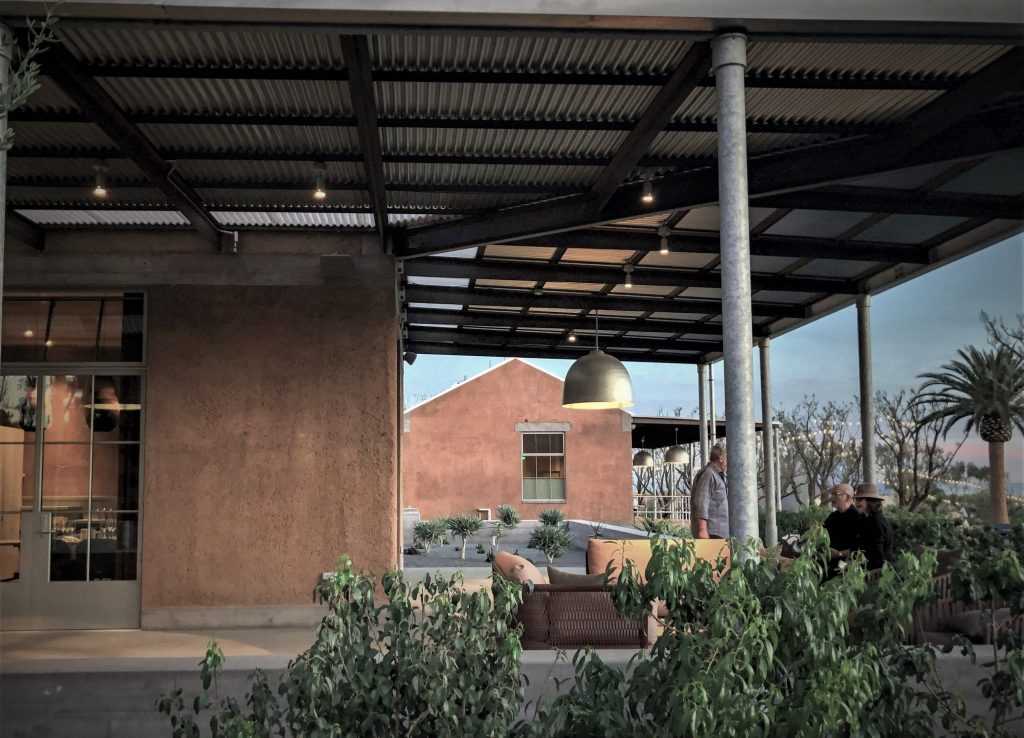Garden houses of wood, grass, paper, and mud: Katsura Palace, Kyoto, Japan. Photo: Author
( Excerpt from my book The Style of Substance : Architecture for a Post-Material Culture )
The following is a proposal of possibility and not a truth for all, or against other possibilities.
Buildings of timeless beauty are compelling because of the legibility of their substance. Styles of substance will start with forms born of the region in which they live, modified for a specific use, with an explicit climatic response, and a dominant site. This style will be made of real materials, or artificial materials used in their best capacity for aging and treated as both raw and luxurious. It will be assembled with artisanship in a way that makes the structure apparent and its volumes flexible in use.
Large, commercial buildings and blocks of housing or office spaces obviously cannot take advantage of archetypal exterior forms themselves, but they can utilize other substantive principles. Even multiple floors of open plans may use expressive cores of mass walls, exposed or partially concealed assemblies, direct expression of climatic response, and partitions of real materials.
This architecture will be more or less empty, depending upon personal collections and preferences. There will be a greater proportion of storage and back-of-house service spaces so that the objects of occasional activities can make special appearances or disappear. The current activity will become the feature ceremony of the space, either by dedicated areas or by staging the flexible space. Smaller buildings will have fewer dedicated spaces.
The arrangement and configuration of space will be considered for its potential to lightly raise activity as if daily life itself a sacred ceremony.
Work, reading, or entertainment will appear in the space on demand, through forms of augmented reality that are really a part of you. The environment will alter partitions, transparency, and lighting to best accommodate particular projections.

Garden at Gamberaia, Settingnano, Italy
The outdoors are framed by openings and transitioned by porches. These include adjustably permeable membranes ranging from scrim net to electronic opaque glass. The garden is an exercise of the continuous nurturing of a miniature version of the natural world. To view it from the interior is to be simultaneously apart from and connected to nature. Landscape, whether large or small, minimal or horticulturally exuberant, should be more ground than figure. Like the interior, a garden is a ceremony to contemplate.
The architecture of the style of substance is learned through a consideration of the origins of the familiar, inspired by the aspirations of a post-material view of the future, and found in the activities of the present moment.

Wine pavilions of mud and concrete with rusting and galvanized steel: Napa County, California, Forrest Architects
